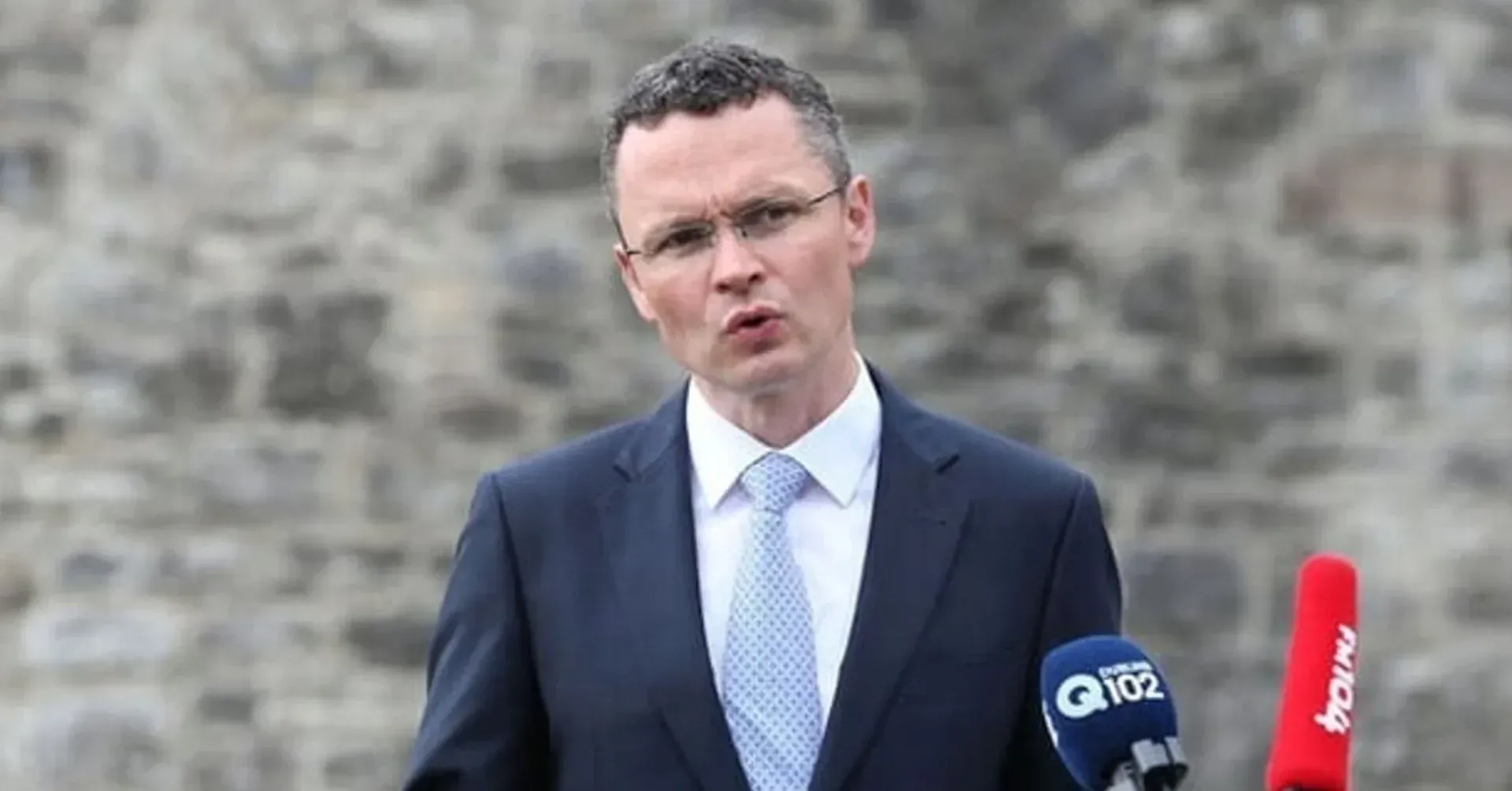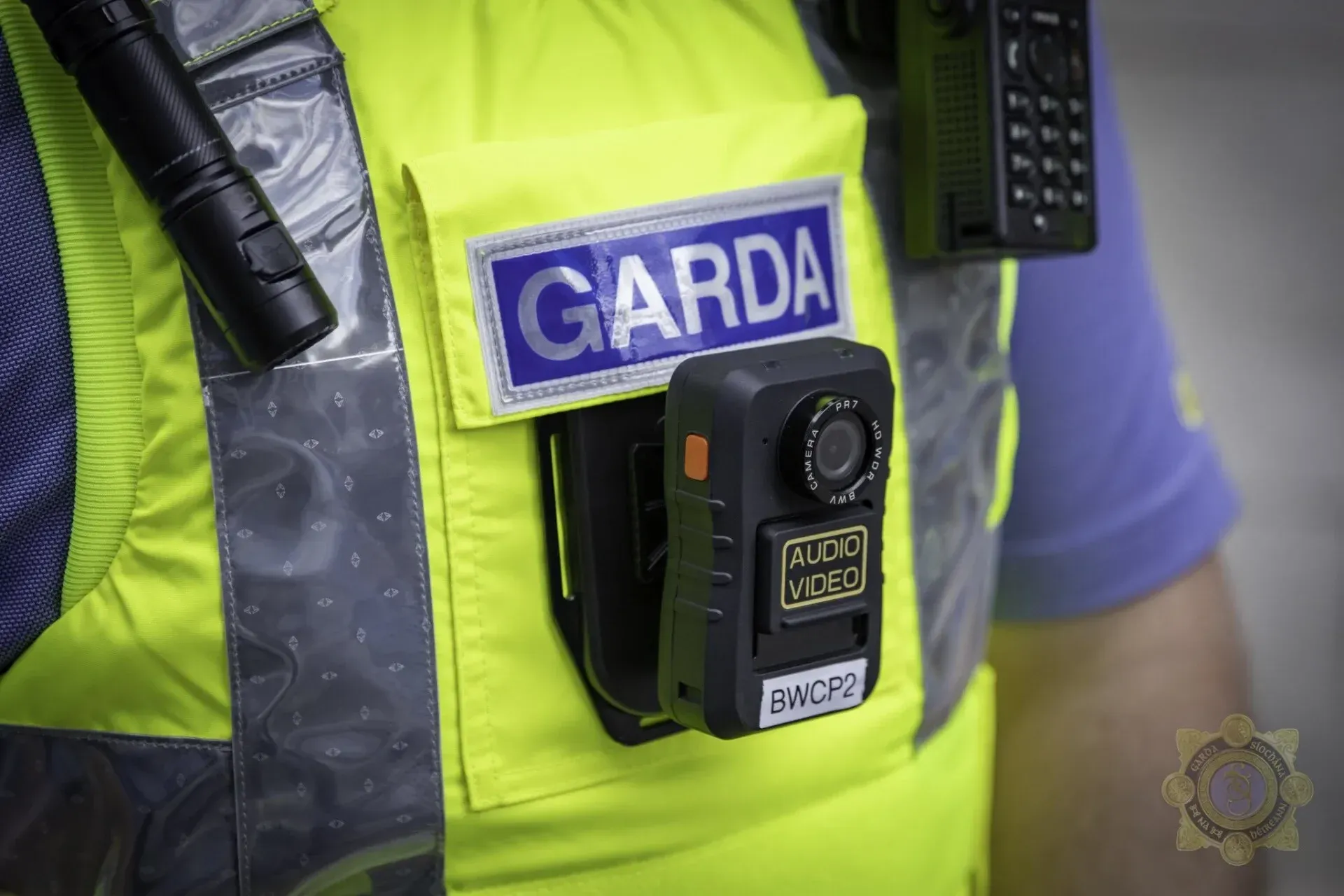WASHINGTON, D.C. — Large crowds of protestors gathered in cities and towns across the United States on Saturday for the second round of “No Kings” demonstrations, voicing alarm over what organizers and participants describe as the government’s swift drift into authoritarianism under President Donald Trump.
Millions of people participated in over 2,700 planned events nationwide, turning out in significant numbers in major metropolitan areas as well as smaller communities. The demonstrations were a powerful display of civil disobedience against the Trump administration’s actions, including the deployment of federal forces to U.S. cities, attacks on media and political opponents, and what critics view as an overreach of executive power.
Protests Fueled by Fears of Unchecked Power
The “No Kings” movement is anchored by the message that America has no monarchs and rejects the idea of unchecked executive power. Protest organizers warned that the U.S. is facing a “slide toward authoritarianism.”
Key slogans on signs carried by demonstrators included “Nothing is more patriotic than protesting” and “Resist Fascism.” Major cities saw massive turnouts:
- New York City: Crowds packed into Times Square.
- Washington, D.C.: Tens of thousands rallied near the U.S. Capitol.
- Chicago: At least 10,000 people assembled at Grant Park’s Butler Field.
- Atlanta: Thousands filled the Atlanta Civic Center grounds before marching toward the state capitol.
- Demonstrators also marched through downtown Los Angeles and picketed outside courthouses and state capitols in various Republican-led states, including Montana.
“Street Party” Atmosphere Despite Political Tensions
Despite the serious political message, the demonstrations in many places took on a lively, almost “street party” atmosphere. Highlights of the decentralized events included:
- Marching bands leading the processions.
- A massive banner featuring the U.S. Constitution’s “We The People” preamble for participants to sign.
- Demonstrators wearing a variety of inflatable costumes, most notably frogs, which have emerged as a distinctive symbol of resistance originating in Portland, Oregon.
The movement, organized by a coalition of groups including Indivisible, seeks to build a sustained opposition to the current administration’s policies, focusing on nonviolent resistance.
Republican Counter-Narrative
In response to the nationwide mobilization, President Trump and the Republican Party sought to disparage the events. House Speaker Mike Johnson and other GOP leaders labeled the protests as “Hate America” rallies, attempting to link participants to far-left groups.
President Trump, who spent the weekend at his Mar-a-Lago home, rejected the monarchical characterization. “They say they’re referring to me as a king. I’m not a king,” he said in a pre-recorded interview. However, his campaign’s social media accounts subsequently posted an AI-generated video mocking the movement by depicting the President dressed as a crowned monarch.
The largely peaceful nature of the demonstrations, with few arrests reported in major hubs like New York and D.C., stood in contrast to the Republican rhetoric. The organizers remain committed to their campaign, citing the scale of the turnout—with estimates suggesting nearly seven million attendees across the country—as evidence of widespread public concern over the state of American democracy.







